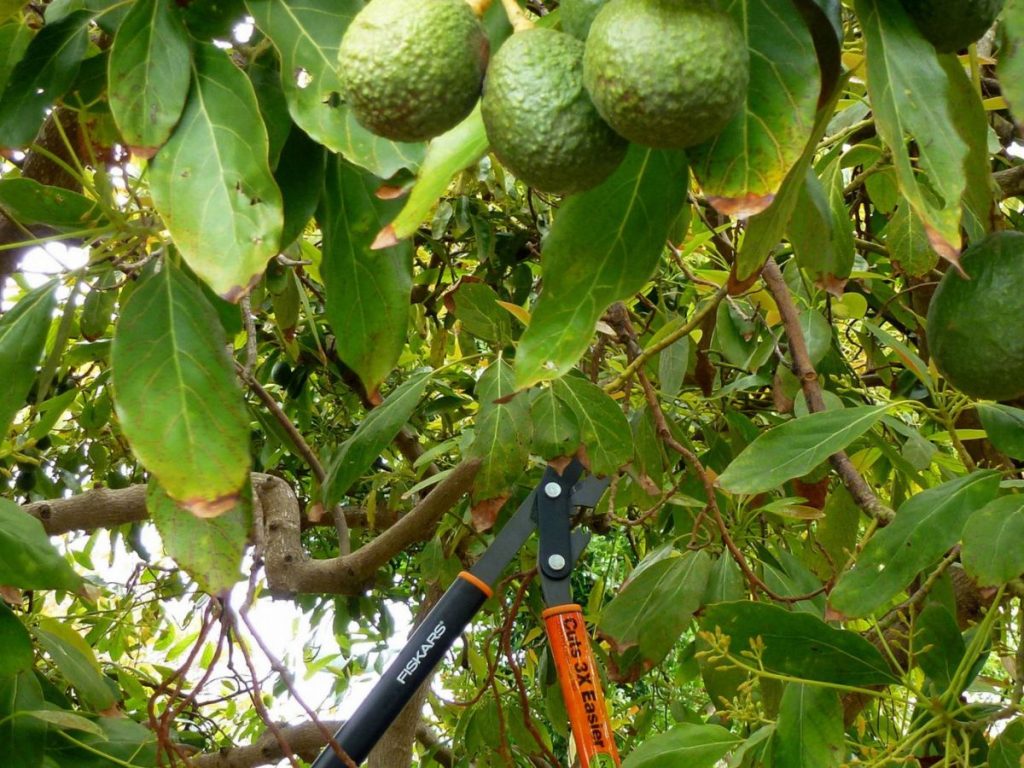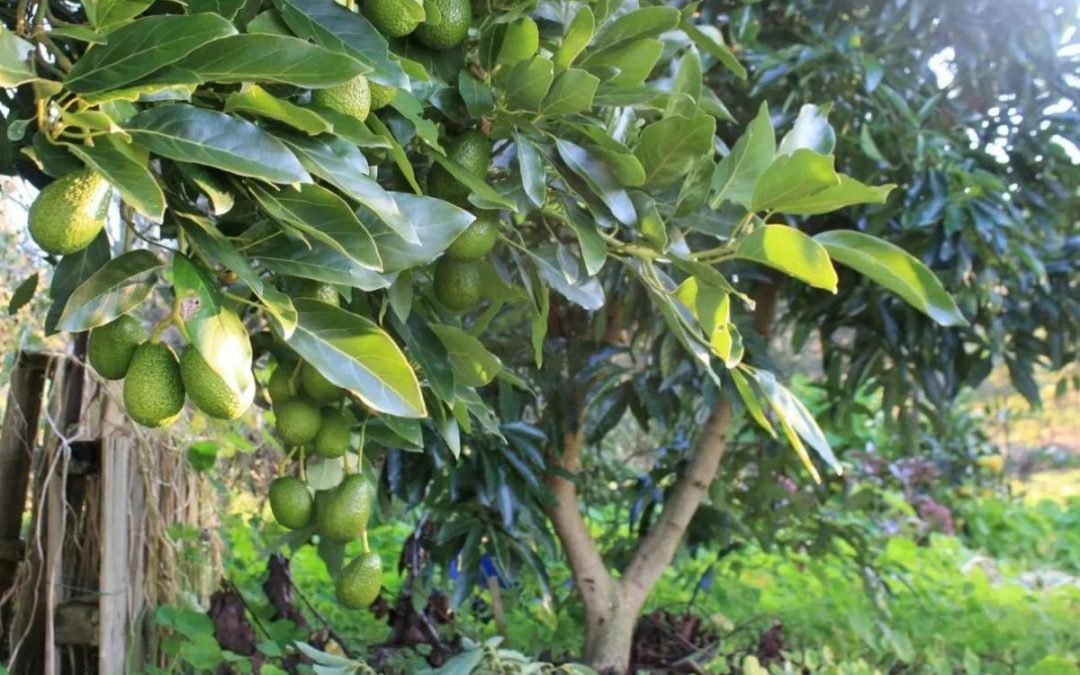When to Start Pruning an Avocado Tree
One of the most common questions we get asked here at the nursery is “when can I start pruning my avocado tree?” The answer, unfortunately, is not a straightforward one. It depends on a number of factors, including the age and type of tree, as well as the climate in which it is grown. In this blog post, we’ll break down everything you need to know about pruning your avocado tree.
Why Should You Prune An Avocado Sapling?
Avocados are delicious and nutritious fruit that is enjoyed by people all over the world. Did you know that avocados are actually a type of berry? And did you also know that the avocado tree is classified as a “dioecious” tree, which means that there are male and female avocado trees? The female avocado tree produces the fruit that we all know and love, while the male avocado tree does not produce any avocados. In this blog post, we will be discussing the importance of pruning an avocado sapling.
Pruning an avocado sapling is important for many reasons. One reason is that it helps to promote plant growth. By pruning the sapling, you are encouraging the plant to put more energy into growing new leaves, branches, and roots. This results in a healthier and stronger plant overall. Pruning also helps to keep the avocado tree from getting too big for its pot or location. If left unchecked, an avocado tree can quickly become too large for its pot or space, which can lead to problems down the road.
Another reason why pruning an avocado sapling is important has to do with fruit production. By pruning the sapling, you are essentially thinning out the avocado tree. This allows more air and light to reach the avocado fruits, which results in better-tasting and higher-quality avocados. Additionally, thinning out the tree also helps to prevent potential problems with disease and pests.
Finally, pruning an avocado sapling helps to ensure that the tree will have a long and healthy life. By removing dead or dying leaves, branches, and roots, you are giving the tree a chance to focus its energy on living tissue. This results in a stronger and healthier tree that will be able to produce avocados for many years to come.

When Should You Prune Trees and Shrubs?
Many people think that pruning is best done in late winter or early spring, but that isn’t always the case. Here are a few things you should keep in mind when deciding when to prune your trees and shrubs.
Pruning helps encourage growth. If you want your plant to put out more leaves or flowers, pruning it will help stimulate new growth. The best time to do this is in late spring or early summer. Keep in mind that if you prune too early in the season, you may be sacrificing some of the current year’s growth.
Deadwood can be removed at any time of year. If there are dead branches on your plant, they can be removed at any time without harming the plant. In fact, removing them will actually make your plant look healthier.
Some plants bleed if pruned in late winter or early spring. This is especially true of maple trees. If you prune them at this time of year, they will bleed sap, which can harm the plant. It’s best to wait until later in the spring to prune these types of plants.
Spring flowering plants should be pruned after they bloom. This includes roses, lilacs, and forsythia. Pruning them any earlier will result in fewer flowers next year.
Avoid pruning evergreens in late summer or fall because it can Stimulate new growth that won’t have time to harden off before winter, leaving it more susceptible to damage from cold weather.
And finally, remember that less is more when it comes to pruning! Don’t go overboard and remove too much of the plant all at once – you’ll be sorry come next growing season! A little bit of judicious pruning now will go a long way towards keeping your trees and shrubs healthy and happy for years to come.
Pruning is an important part of plant care, but it’s often misunderstood. Many people think that pruning is best done in late winter or early spring, but that isn’t always the case. Keep these tips in mind next time you go to grab your pruners!
What Type of Tree to Prune
Not all avocado trees are alike, and different types of trees require different types of pruning. If you’re not sure what type of avocado tree you have, ask a local nursery or gardening center for help. Once you know the type of tree you have, follow these instructions:
If you have a dwarf avocado tree: Cut back 1/3 of the branches, making sure to cut evenly across the entire canopy. Doing so will encourage new growth and keep the canopy open so that sunlight can reach all parts of the tree.
If you have a standard avocado tree: Remove any dead or diseased branches first. Then, thin out overcrowded areas by cutting back some of the branches (again, be sure to cut evenly across the entire canopy). Finally, remove any low-hanging branches that are obstructing walkways or patios.
Pruning an avocado tree is important for maintaining its health and vigor—not to mention its appearance. Fortunately, it’s not too difficult to do as long as you know when and how to do it properly. So grab your pruning shears and get to work! Your avocado tree will thank you for it later.
Climate
Another factor to consider is climate. If you live in an area with a hot climate, you’ll need to start pruning your avocado tree earlier than if you live in a cooler climate. That’s because the warmer weather stimulates growth. In cooler climates, on the other hand, growth is slower and you can wait longer to start pruning.
Ideally, you should prune your avocado tree every year—preferably in early spring before new growth begins. However, if you neglected to prune last year, don’t despair; you can still prune this year. Just be sure not to wait too long; otherwise, you may inadvertently damage new growth.
Pruning Frequency
Regardless of the age or type of avocado tree, or the climate in which it is grown, it’s important to remember that avocados need to be pruned every year. That’s because they are constantly producing new leaves and branches, which can lead to overcrowding and poor air circulation. Pruning helps encourage new growth and ensures that your tree stays healthy.
Avocados are a fruit that originated in South Central Mexico. They were first cultivated by the Aztecs and other Mesoamerican cultures before being brought to the rest of the world by Spanish colonists in the 16th century. Today, avocados are grown in tropical and subtropical regions all over the world. Thanks to their popularity, there are now over 500 varieties of avocado trees!
So, what does this mean for your garden? Depending on the climate you live in, you may be able to grow your own avocado tree! If you’re in a tropical or subtropical region, then you’re in luck. However, if you live in a temperate climate, then you may not be able to grow your own tree. But don’t worry, there are still plenty of ways to enjoy avocados!
Conclusion:
As you can see, there is no single answer to the question “when can I start pruning my avocado tree?” It depends on a number of factors, including the age and type of tree, as well as the climate in which it is grown. However, one thing is certain: all avocado trees need to be pruned every year in order to stay healthy and produce abundant fruit.

